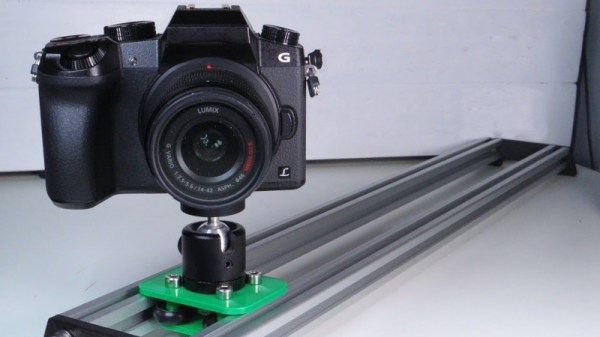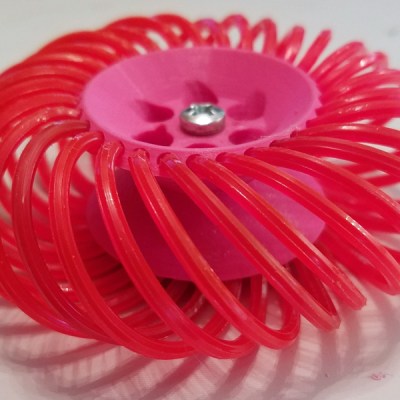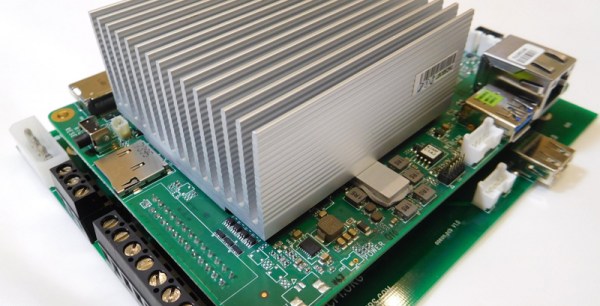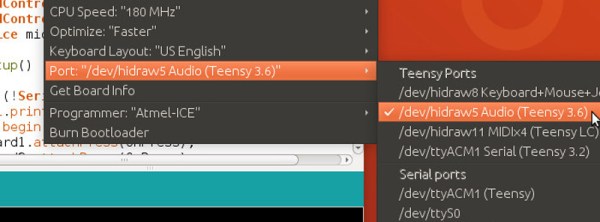As smartphone cameras improve with each new generation, making quality video content is getting easier all the time. This means it takes a little more to stand out, so it pays to get creative with your cinematography. A slider is a great way to get some different shots, and you can build one pretty cheaply too (Youtube link, embedded below).
For smooth motion, [Nikodem Bartnik] used aluminium extrusion for the rails, along with some roller bearing wheels designed to suit. The wheels are built into a 3D printed carriage, which is also fitted with a spherical clamping camera mount. It’s all wrapped up with some socket head cap screws and 3D printed brackets to tie it all together.
Dimensional accuracy is key to the smooth operation of a slider, so you’ll want to have your printer set up well if you’re going to attempt this one. [Nikodem] demonstrates the slider is capable of taking the weight of an mid-range SLR with a tastefully sized lens, but if you’re going for something telephoto, you might want to go for something bigger. You could also consider a motorized rig instead. Video after the break.























